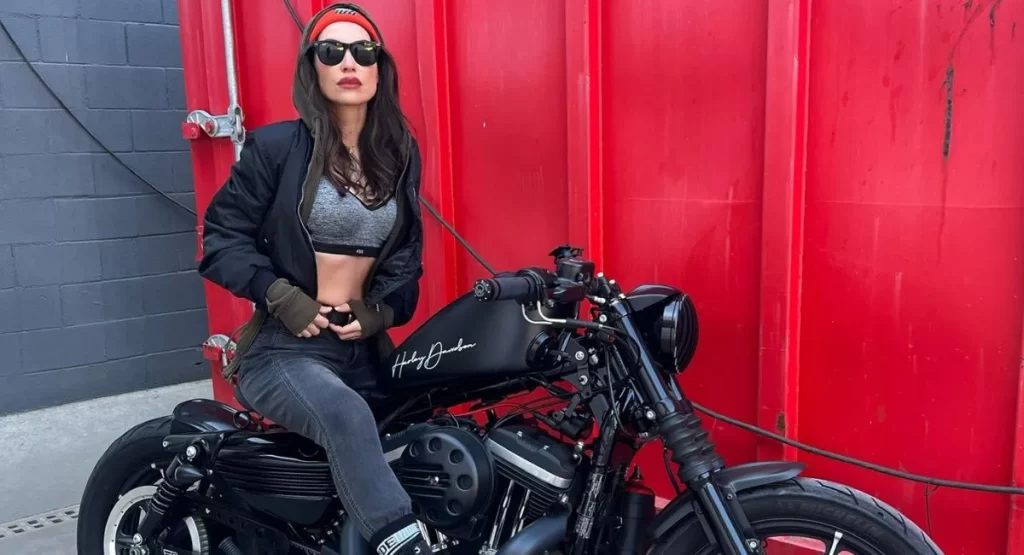It is nothing new in India, a mesmeric country of South Asia, whose splendid beauty of jaw-dropping fascinating landscapes often playing the roles of heart-catchers of many, that it is been endowed with a long list of never-ending festivals solicited with a bountiful of love, emotions, and bonding(s), as usual. These festivals opportunists every individual citizen(s) scattered all over the geographic landscape of India to unite together with terms of their mutual interests to celebrate these days by going beyond their normal daily routine for these special few hourly durations each year.
The impoundments or disciplinary bounding(s) of their regular days or rather lives are lavished entirely for these few days to nurture their festive moods to the supreme. Alterations or violations of most these restrictions or rather disciplinary impositions of their regularity are mainly executed during the most heritageous festivals of India, as certified by UNESCO – ‘Durga Puja’ that inaugurates in the very day of ‘Mohalaya’ and continues uptil the ‘okal bodhon’ that is doshomi (equivalent to ‘Dasera’ in North India). The most rush of viewing the Pratima of Maa Durga is mostly targeted at the prolonged 4 days – Saptami, Ashtami, Nabami, Dashami etc., however nowadays such concepts are in a complete backdate.

Including these the other ‘Puja’s’ that follows the line with ‘Durga Puja’, i.e., mythically these four days which are reconciled as the incoming of the Goddess Maa Durga to her own home from in-law’s house, are ‘Lakshmi Puja’, ‘Kali puja’, ‘Saraswati Puja’, ‘Ganesh Puja’ etc., all of which are none other the offsprings of Lord Shiva and Maa Durga, according to the beliefs of ‘theology’ and obviously each of which sustain its individual signifiable values for which they are regarded. Holding the traditional legacy from the past thousand years, others few include – ‘Manasha Puja’, ‘Jagadrathri Puja’, ‘Vishwakarma Puja’ etc., the latest of which is exclusively celebrated by the artisans, craftsman or engineers etc.
‘Festivals’ and ‘arts & cultures'
‘The actual vibe of amusement is in the air’ – probably such is the main charm of this legendary festival to unravel through visually capturing the iconic stunning architectural curves of the pandals, the ‘primary residential stations’ in which the Goddess Durga resides in those 7 days from Mahalaya to Dashami. The actual essence of ‘art’ valorizing the appreciable works of the architects are really felt and truly anticipated when literally crowds of peoples gush in there to take part in the eve of creating a new addendum to the enchanting memorization yet.
Not always Indians itself, the gushes are also contributed by the populates of Western communities to add a few more heights to the value of arts that has been represented by our State’s and Country’s fellow artisans, through the thorough thematic beatification or in a rather simple terms, representing a definite deliberate thematic expression through intense decorations to the constructive attires to those ‘pandals’. The modest and soothing murti of our Goddess made from clay, mud or even staple cereals in innovative cases are literally worthy to appreciate. These conceptual incarnations of the decorations are perhaps the fundamental of attractions indeed, where race, ethnicity, colour faces no discrepancies actually and here actually the predominant fusion of ‘art’ with ‘culture’ happens.

Not too straightforward and too simple. The indepthness of this ‘fusion’ beyond its capability or likeliness to be adopted by every demographic section and its people therein, it entails to more deeper trenches rather. An enteric touch of maintaining the hereditary culture is harmonized normally by mainly the women section of West Bengal, India from where first this puja originated from the hands of late sir. Nabakrishna Dev, in Sovabazar Rajbari of Kolkata, in the year 1757. Tasting the traditional food items especially ‘khichdi’, ‘brinjal fry’, ‘alum dam’ and ‘papad’ are the commonest ones in these festivals, apart from the age-old norms of attiring traditional outfits to deliver ‘Anjali’ to Pratima in the day of Ashtami especially by the young and married women sections broadly. ‘Sidur khela’, a post-‘Anjali’ celebration is yet another glimpse of such cultural in-shots of this puja.
Besides, mingling socially with peoples converging especially to Kolkata from different states of India even the rural grounds pivoting this single grand festival of Bengal initially, though in an extended sense, globally, can also additionally be tagged as the preliminary basis of justifying the ‘fusion of art with culture’.
Festivals a ‘bond of emotion’
‘All is well that ends well’ – is it so? Probably not, as, the deepest sorrow of ‘bishorjon’ lashes our minds greatly. Leaving the fact, that, centering this single grand event, rejuvenating both the past and present bonds with family and friends including synthesizing the new ones with new fellow persons, it is as well due to an end of an emotional journey with an eager awaiting of a whole yearly span commences with this date and here is none other than the justification of the knot between ‘festival and emotion’ validates lastly. This is absolutely not solely for the ‘visitors’ who ‘visits the Goddess’, but also equally for those whose economical sustenance can meet better additional sources to avail off, as of seen in the nearby domains of any such ‘pandals’.
A worldwide acceptance of this Puja in every foreign nation alike, London, California, Africa, as recently updated by BASA, US, Australia etc., which too, undoubtedly proclaims the truth that, ‘Intangible Cultural Heritage of Humanity’ and hereby exclusively for Indians it is exclusively an interim linkage of ‘Art’, ‘Culture’ and ‘Emotion’. Another relevant examples of which is ‘Bhaiphota’, a post-celebrated ritual of Kali puja, whose emotional bondage is interchanged through gifts and perhaps such are an interim heartfelt linkage between cousins or siblings, is yet is another reflection of ‘festivals’ in India, especially concerned in West Bengal largely.

Conclusion
Whenever there is any occasion, there would be fun, exchange of emotion, love and bonding and that too is not any exception for the cases of each and every festival. But every coin has its both sides – as like day a follows its darkness. Likely in the days of the festivals as well, besides the sense of ‘joy and happiness’ that the festivals give to the festivals, our mother nature also faces a burden of pollution loads that are being unintentionally brought about to them, at the cost of the entertainments of the humans – the extent of which accelerates during the festivals of lights mainly; during our ‘Durga Puja’ is perhaps although restricted to the ‘post puja water pollution’ caused due to immersion of the murti allowing the dissolution of the synthetic colours and the heavy metals (if present) into the water. The crackers that are being lightened in the later festival concerts also increases the level of toxic gases that upon inhalation by the human increases the chances of getting attacked by the respiratory disturbances later, including the effect of it on the stray animals greatly.
In this regard, although several legal notifications are being drafted to restrict the use of sound crackers in this occasion, but if the conscious awareness is being stimulated within ourselves, it would be go about a few step forward in putting forward an effective implications of those legislative notifications to a broader and practical aspects. Today means tomorrow and tomorrow means no further - such concepts are now in a total abolishment. So, from this year itself, lets pray together for making a safer environment to live and let live.

















